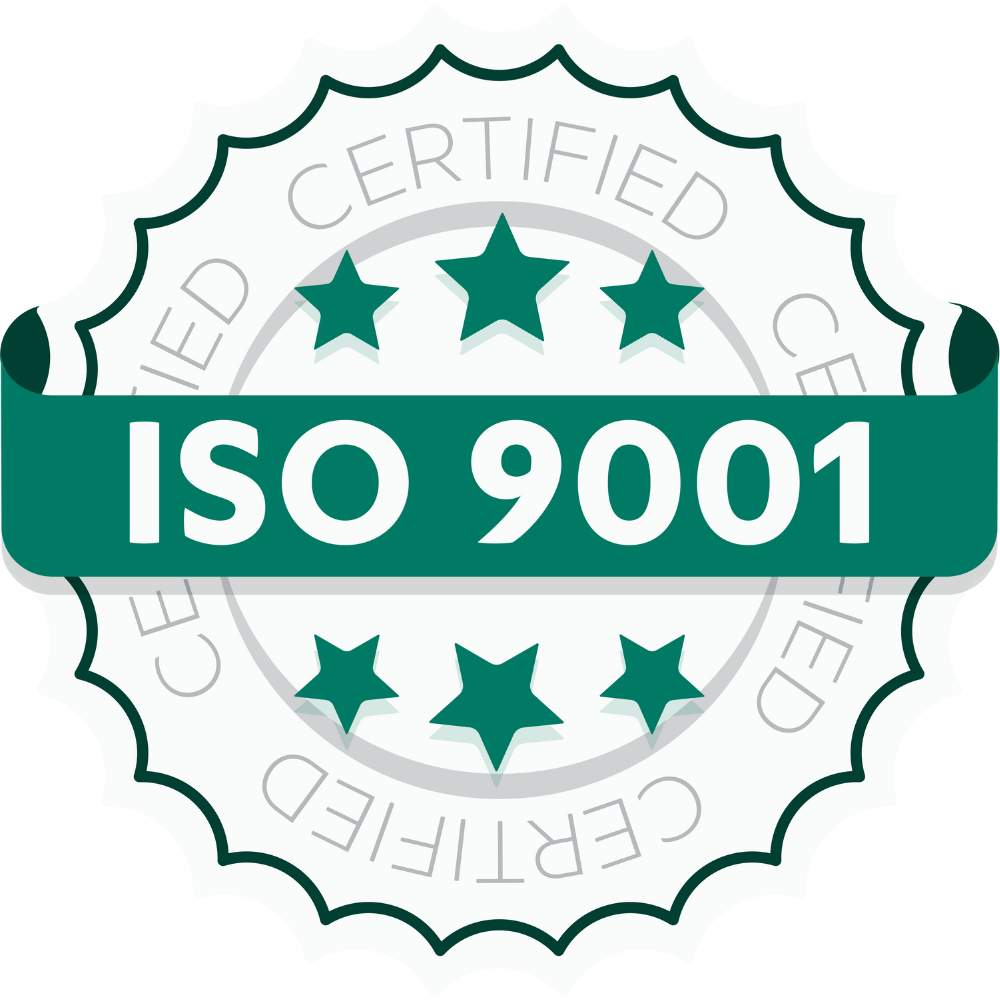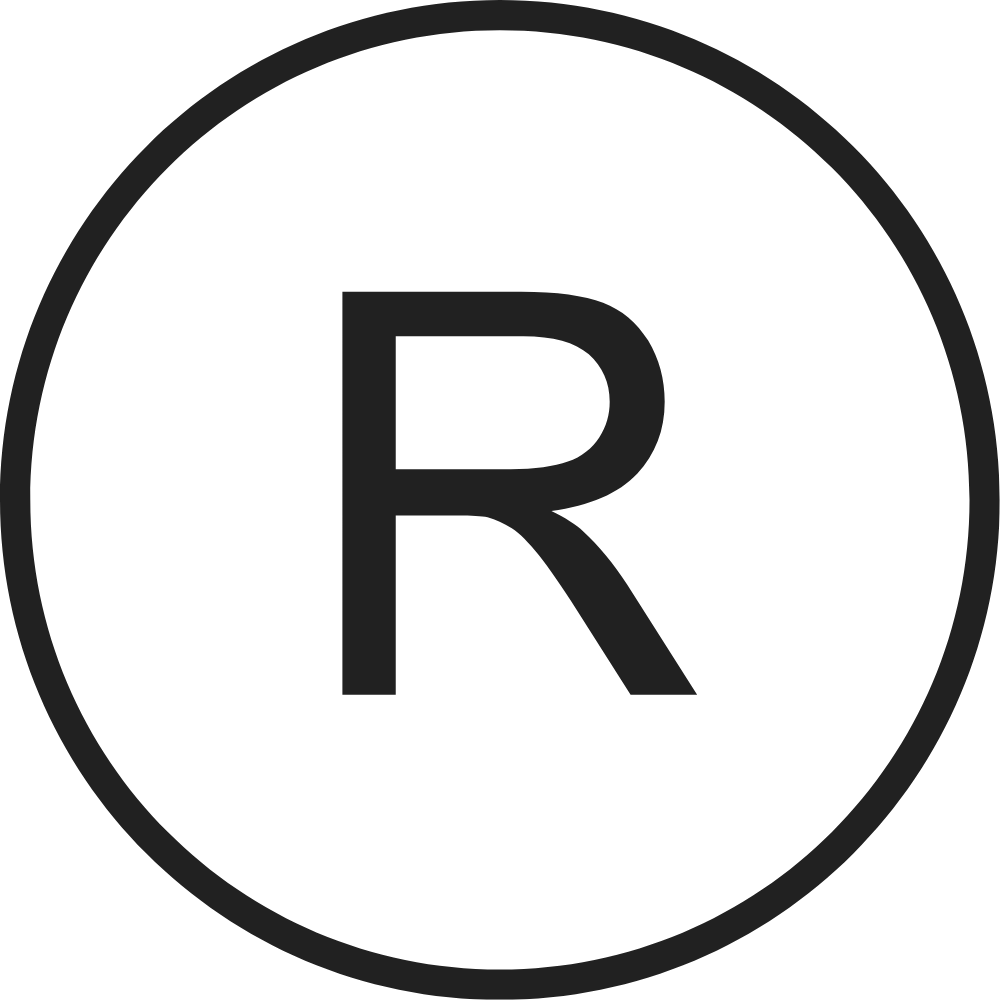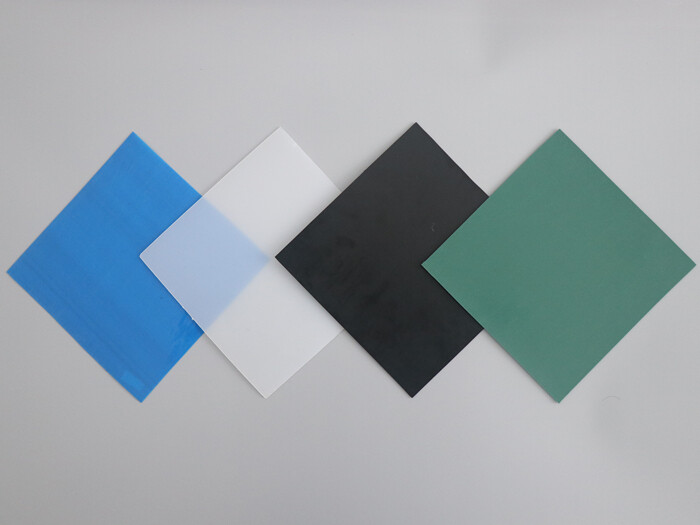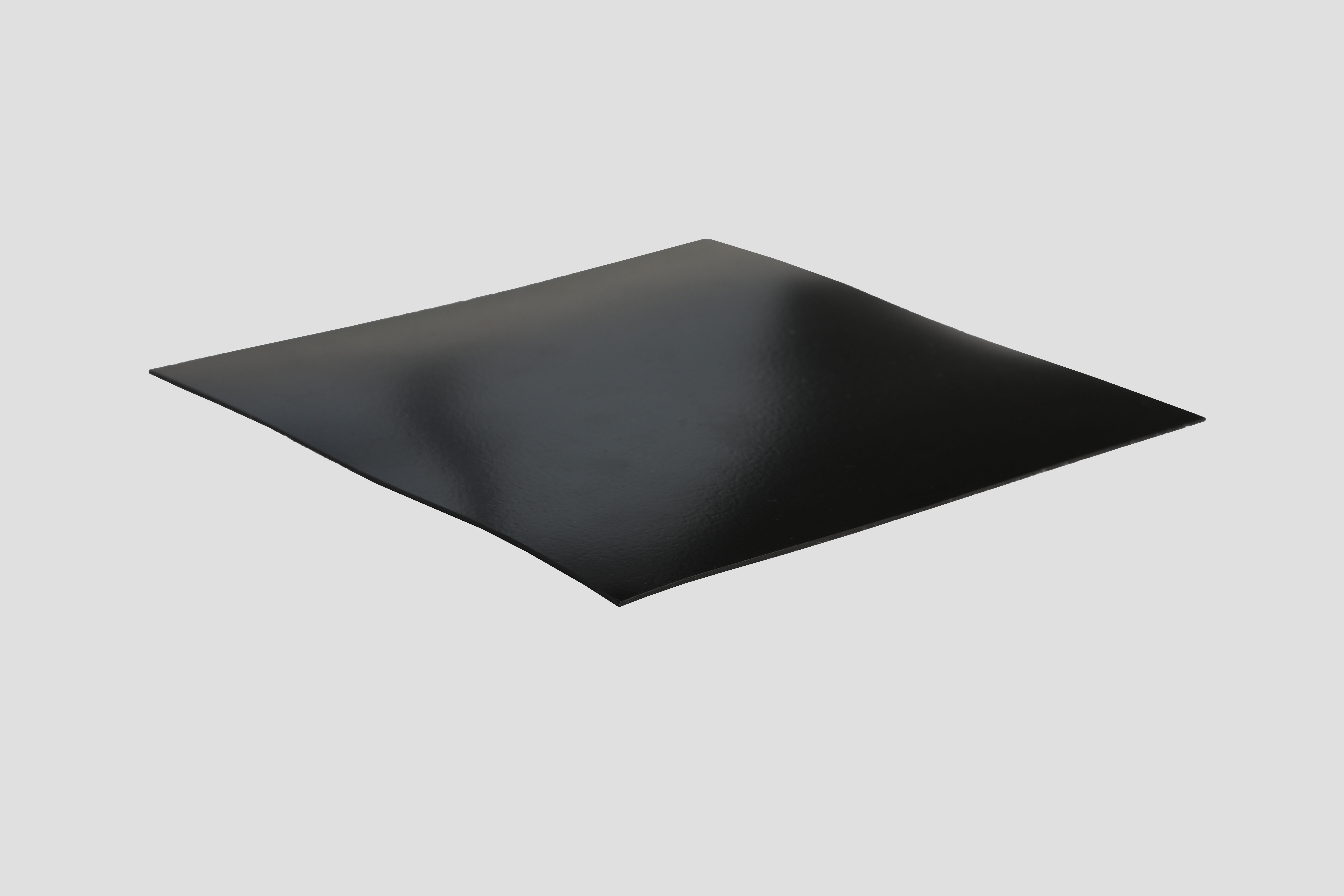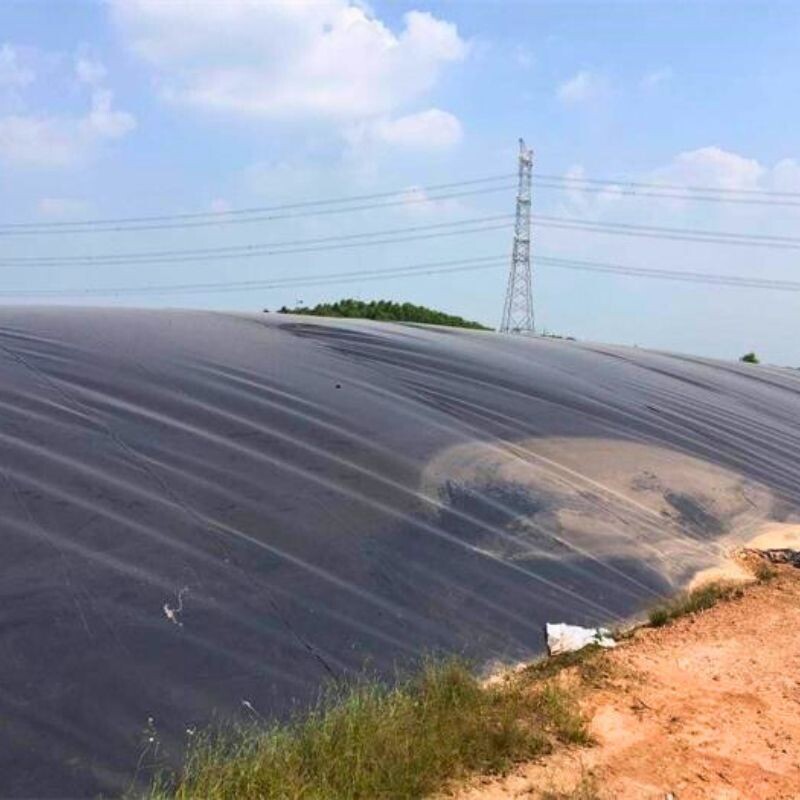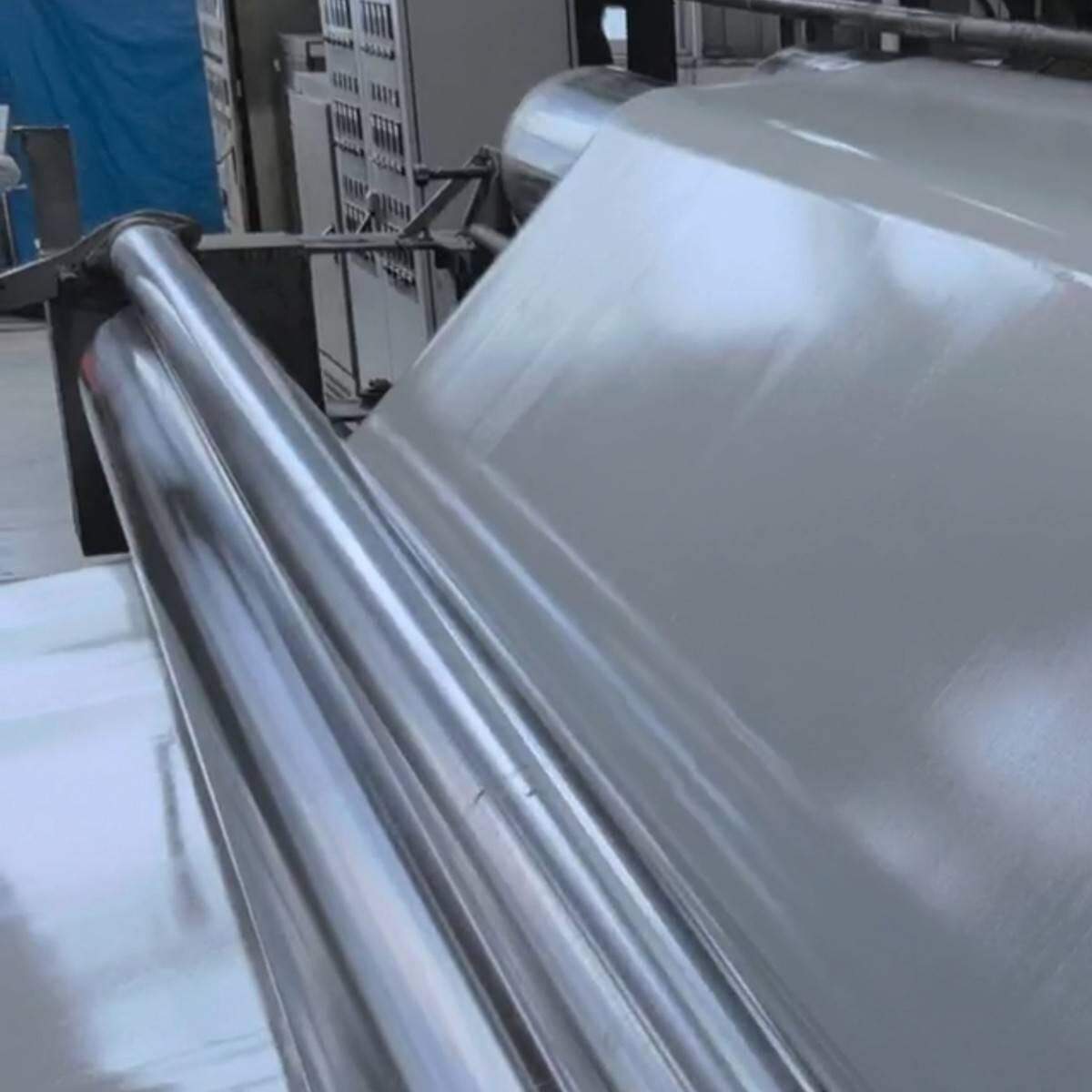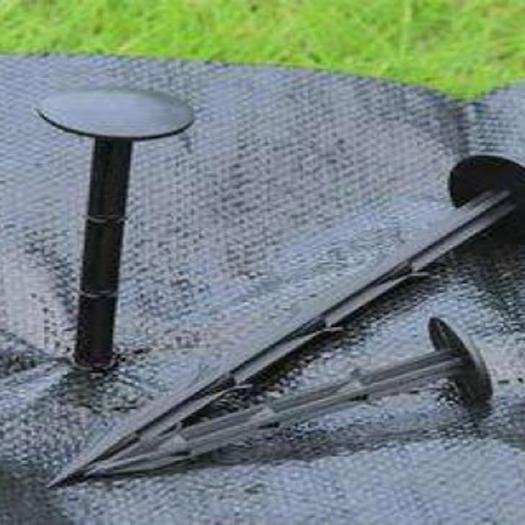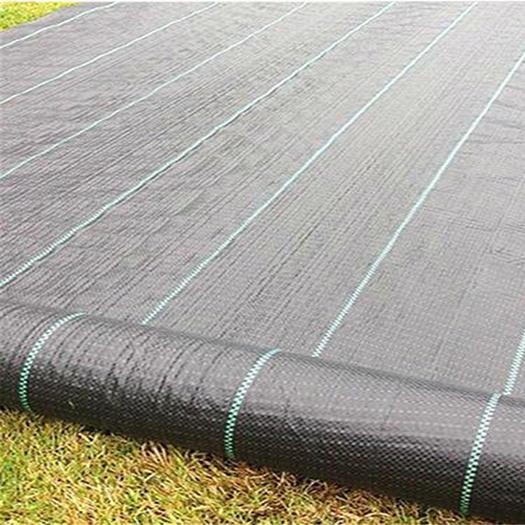Product Overview
The Biogas Pond Geomembrane is a specially engineered geomembrane made from high-density polyethylene (HDPE), designed to contain biogas in biogas production ponds. These geomembranes are essential for the efficient storage of biogas produced from organic waste, providing a barrier that prevents leakage of methane and other gases into the surrounding environment. The Biogas Pond Geomembrane is designed to withstand the unique environmental conditions of biogas production facilities, offering excellent resistance to chemicals, UV radiation, and extreme temperatures. It is widely used in biogas plants, agricultural waste management, and sustainable energy projects to protect the environment and improve the efficiency of biogas capture and storage.
Product Features
- High Chemical Resistance: The HDPE material provides excellent resistance to biogas, which often contains methane, carbon dioxide, hydrogen sulfide, and other chemicals, preventing degradation of the geomembrane.
- UV and Weather Resistance: The geomembrane is treated with UV inhibitors to protect it from degradation due to exposure to sunlight, ensuring long-term durability and performance in outdoor environments.
- Low Permeability: The Biogas Pond Geomembrane offers very low permeability, ensuring that gases and liquids are securely contained within the pond, reducing the risk of leakage and contamination.
- Tensile Strength and Durability: The geomembrane is highly resistant to punctures, tears, and mechanical stresses, making it ideal for applications where the membrane may face significant stress from shifting soil, waste material, or other external forces.
- Environmental Protection: The geomembrane prevents the migration of methane and other gases, reducing the risk of air pollution, soil contamination, and groundwater contamination.
- Long-Term Performance: With a life span of up to 50 years or more, the Biogas Pond Geomembrane provides a reliable and cost-effective solution for biogas storage over the long term.
Product Specifications
- Material: High-density polyethylene (HDPE), known for its superior mechanical properties and resistance to environmental degradation.
- Thickness: Typically available in thicknesses ranging from 0.5 mm to 3.0 mm, depending on the specific requirements of the biogas pond and its expected loading conditions.
- Width: Standard roll widths usually range from 4 meters to 8 meters, but custom widths can be provided to suit the specific dimensions of the pond.
- Length: Rolls generally come in lengths of 50 meters to 100 meters, with the option for customized lengths based on project requirements.
- Tensile Strength: Typically ranges from 15 to 35 MPa, providing adequate strength to withstand external pressures during installation and operation.
- Elongation at Break: Generally ranges from 10% to 15%, offering flexibility and resistance to cracking under stress.
- Permeability: Very low permeability (less than 1 x 10^-13 cm/s), ensuring secure containment of gases and liquids.
- Color: Usually black, which enhances UV resistance and helps in heat absorption, but other colors may be available depending on specific project needs.
Applications
- Biogas Production and Storage: Ideal for lining biogas ponds, the geomembrane effectively prevents methane and other gases from escaping into the atmosphere, ensuring efficient biogas capture and storage.
- Agricultural Waste Management: Used in agricultural settings for the containment of organic waste and the generation of biogas through anaerobic digestion.
- Landfill Gas Containment: Can be used to line landfill sites to capture methane and other gases, improving landfill gas management and reducing environmental impact.
- Wastewater Treatment Plants: Applied in wastewater treatment facilities to contain gases released from sludge treatment processes and to improve gas collection efficiency.
- Sustainable Energy Projects: A key component in renewable energy projects that involve biogas production from organic waste materials, providing an environmentally friendly solution to energy generation.
Construction Recommendations
Site Preparation: Prior to installation, the site should be prepared by ensuring that the ground is smooth, free of sharp objects, and properly compacted. Any large debris or rocks should be removed to prevent punctures or tears in the geomembrane.
Installation Method: Carefully unroll the Biogas Pond Geomembrane to avoid damage. Ensure that the geomembrane is laid flat and without any sharp bends or creases. Adjacent panels should be overlapped or welded to form a continuous, watertight membrane.
Seam Welding: Use extrusion or wedge welding to join the geomembrane sheets. Proper seam welding is critical to ensure the integrity of the membrane, as weak seams may lead to gas leakage. Perform air or vacuum testing to check for seam quality before full installation.
Protection During Installation: During installation, protect the geomembrane from damage by using protective covers or geotextile fabrics. Sharp objects or heavy equipment should be kept away from the membrane to prevent punctures.
Backfilling and Covering: After installation, backfill the geomembrane with soil or other protective layers to shield it from UV radiation, physical damage, and environmental factors. The backfill should be applied carefully to avoid overloading the geomembrane.
Inspection and Maintenance: Regularly inspect the geomembrane for damage, such as punctures, tears, or wrinkles. If any issues are identified, immediately repair the membrane using welding or patching techniques. Routine checks ensure the long-term integrity of the membrane and its effectiveness in biogas containment.
FAQ
- What can you buy from HONGYUE?
Geogrid, Geomembrane, Geocell, Geotextile and other geosynthetic materials.
- What you can expect from HONGYUE?
Competent and knowledgeable technical engineers .
Customized service according to engineering requirements .
Complete solutions for product design, delivery and installation in construction projects .
Offer various complementary product portfolio and contract project.
- How can HONGYUE guarantee quality?Always a pre-production sample before mass production;
Always final Inspection before shipment - What is your sample policy?
We can provide the sample free, you just pay for the transportation freight then you can get 3-5 days.
- What is the services can HONGYUE provide?Accepted Delivery Terms: FOB,CFR,CIF,EXW,DDP,Express Delivery,and so on ;
Accepted Payment Currency:USD,CNY;Euro;and so on ;
Accepted Payment Type: T/T,L/C,MoneyGram,Credit Card,PayPal,Western Union,Cash - Are you manufacturer or trading company ?
We are a professional manufacturer
- How about your delivery time?The specific delivery time depends on the items and the quantity of your order.
Inquiry about this product
Related Recommendations
If there is no accurate search result, please contact us and we will respond within 24 hours.


